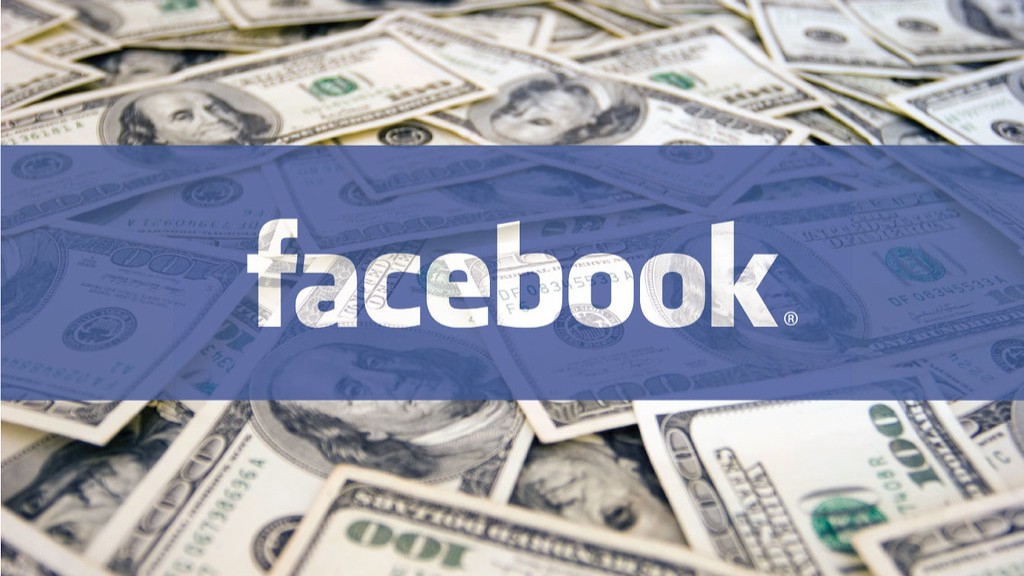Most businesses use a mix of marketing strategies to promote their products or services. The pull strategy is one type of marketing approach that businesses can use to generate demand for their products. The main objective of a pull strategy is to get customers to demand your product from retailers. This can be done through various marketing techniques such as advertising, sales promotions, and public relations.
A pull strategy can be an effective way to create demand for a new product or service. It can also be used to increase sales of an existing product. However, it is important to note that a pull strategy alone is not enough to generate sales. A company also needs to have a good product or service and a well-executed distribution strategy.
A pull strategy in marketing is one where a company uses advertising and promotion to create consumer demand for a product or service, which then “pulls” the product through the distribution channel to the retail store and finally to the consumer.
What is the purpose of pull strategy?
A pull marketing strategy, also called a pull promotional strategy, refers to a strategy in which a firm aims to increase the demand for its products and draw (“pull”) consumers to the product. Pull marketing strategies revolve around getting consumers to want a particular product.
There are a few different ways to execute a pull marketing strategy. One way is to create demand for a product by creating a need for it. This can be done through marketing campaigns that focus on the benefits of the product and how it can improve the consumers’ life. Another way to execute a pull marketing strategy is to create a sense of urgency or scarcity around the product. This can be done by running limited time offers or by creating a waitlist for the product.
A pull promotional strategy uses advertising to build up customer demand for a product or service. For example, advertising children’s toys on children’s television shows is a pull strategy. This type of promotion is effective because it can create a need or desire for the product in the customer’s mind, which can then lead to a purchase.
Which company uses pull strategy
For consumer branded goods, they often use pull strategies, for example, Intel, the computer chip company created ‘Intel Inside’ their brand ingredient programme by persuading manufacturers that their computers would have higher perceived value if they featured Intel in their own marketing, resulting in customers demandign Intel-powered machines.
Pull marketing is a marketing strategy that focuses on making it easy for consumers to find and learn about your product or service, without actively pushing your brand in their face. This approach is generally considered to be more effective than traditional push marketing, which relies on aggressive advertising to push products and services onto consumers.
With pull marketing, consumers are empowered to gather information on their own, without feeling like they’re being bombarded with ads. This allows them to make more informed decisions about what they want to buy, and ultimately results in more sales for businesses.
If you’re looking to implement a pull marketing strategy, there are a few things you can do to get started. First, make sure your website and social media presence are up-to-date and informative. You should also consider creating helpful content like blog posts, infographics, and e-books that can be shared online. Finally, make sure you’re using effective SEO techniques to ensure that your content is easy to find.
How does Coca Cola use pull strategy?
Coca Cola uses a pull strategy in which they use promotions and advertisements to persuade customers to ask intermediaries for the company brand product. This strategy is effective in getting customers to try the product and then continue to buy it on a regular basis.
A push marketing strategy is one where a company “pushes” or promotes its products or services to customers. A pull marketing strategy, on the other hand, focuses on branding and creating an emotional connection with the customer.
You can also apply pull marketing principles to a known “push” strategy, and vice versa. For instance, Apple is currently using a push marketing strategy by promoting its other product lines, such as the Mac. But it also has a pull marketing strategy in place by focusing on branding. This creates an emotional connection with the customer that goes beyond just the product itself.
What is an advantage of a pull strategy quizlet?
A pull strategy is an advantage because it reduces inventory carrying costs and allows customization of products. A manager with a supply-chain orientation is most likely to agree that individual firms should integrate their activities to such a degree that they function as one organization.
The main characteristics of a Pull strategy are that the product demand is high, it’s possible to differentiate the product on the basis of real or emotional features, brand consumers show a high degree of involvement in the product purchase, and there is reasonably high brand loyalty. This strategy is used when companies want to create demand for their products or services, rather than responding to existing demand.
Is Amazon push or pull strategy
Amazon’s warehouses are strategically placed, moving closer and closer to main metropolitan areas and city centers. As a result, it uses a pure push strategy for the products it stores in its warehouses based on the downstream demand forecast.
Push logistics are a big part of their inventory management. Amazon has been very successful in managing its inventory and keeping its customers satisfied.
There are a few different types of pull marketing tactics that businesses can use to try and create customer loyalty and ensure that customers keep coming back. These tactics can include advertising, mass media promotion, sales promotion, and verbal referrals. Pull marketing is focused on creating a long-term relationship between the consumer and the manufacturer, and so it is important to consider how each of these tactics will fit into that goal.
What is more effective push or pull?
The main reason for this difference is that, when we push, we can use our body weight to help generate force, whereas when we pull, we have to rely solely on our arm and shoulder muscles. In other words, pushing is a much more efficient way of using our muscles to generate force.
The pull system has limited inventory; it’s customer-centric; it can improve the cash flow, and its make to order. Whereas the Push system has a high list; it’s producer centric; it can make to stock, and the demands are based on forecasting.
Does Tesla use pull strategy
Tesla is a company that follows the push strategy. This means that they try to get their product in front of as many people as possible, through things like advertising and promotion. They want people to know about their product and to be able to make a purchase when they’re ready.
Starbucks is always looking for new ways to partner with other businesses to help them reach a wider range of customers. They have partnered with hotels to provide Starbucks coffee and with malls to attach Starbucks outlets. They also supply their coffee’s to other restaurants, business conferences, concerts, and other big events. This helps them to open up to a bigger range of customers and to grow their business.
Does McDonalds use push or pull strategy?
A “push” promotional strategy makes use of company’s sales force and trade promotion activities to create consumer demand for a product.
For example, McDonalds uses a push strategy to sell its products. It does this by using its sales force to promote its products to customers, and by using trade promotion activities to generate interest in its products.
Coca-Cola is one of the most well-known international brands, and it has used a variety of promotion strategies to gain market share and push its product. In this essay, we will discuss Coca-Cola’s use of the push strategy and how it has helped the company to succeed.
The push strategy is a type of promotion where the company “pushes” its product onto retailers in the hope that they will then sell it to consumers. This can be done through trade sales promotion, where retailers are given incentives to stock Coca-Cola products, or through personal selling, where company representatives attempt to convince retailers to sell Coca-Cola products.
The push strategy has been very successful for Coca-Cola, as it has helped the company to gain wide distribution of its products. This, in turn, has helped to increase sales and market share. In addition, the push strategy has helped Coca-Cola to build strong relationships with retailers, which is important for long-term success.
There are some potential downsides to the push strategy, however. Firstly, it can be costly, as the company needs to invest in trade sales promotion and personal selling. Secondly, there is the risk that retailers will not sell the product, or that they
Which companies use push and pull strategies
Nike’s marketing is full of push and pull techniques that are used on consumers. Push and pull techniques are a great way to engage consumers at two different angles and get them interested in a brand. Nike’s push techniques include things like advertising and promotion, while their pull techniques include things like brand recognition and customer loyalty. By using a mix of both push and pull techniques, Nike has been able to create a huge following of loyal customers who are always interested in their latest products and releases.
Push marketing is a type of marketing that involves actively pushing a product or service onto consumers. This can be done through various means, such as advertising, promotions, or Sales. Push marketing is often contrasted with pull marketing, which focuses more on actively attracting consumers to a product or service.
There are several key differences between push and pull marketing. First, push marketing is typically more expensive than pull marketing, since it involves actively seeking out consumers and convincing them to buy a product or service. Second, push marketing typically has a shorter timeframe for results, since it is focused on immediate Sales. Finally, push marketing is more likely to result in one-time customers, while pull marketing is more effective at creating long-term relationships with customers.
Warp Up
A pull strategy is a marketing technique in which a company uses marketing tools like advertising and promotions to generate consumer demand for a product or service. The company then relies on this demand to drive sales.
A pull strategy is a marketing tactic in which a company creates demand for a product or service through advertising and other marketing initiatives. The goal of a pull strategy is to get customers to demand the product or service from the company, rather than the company having to actively sell the product or service to customers.





